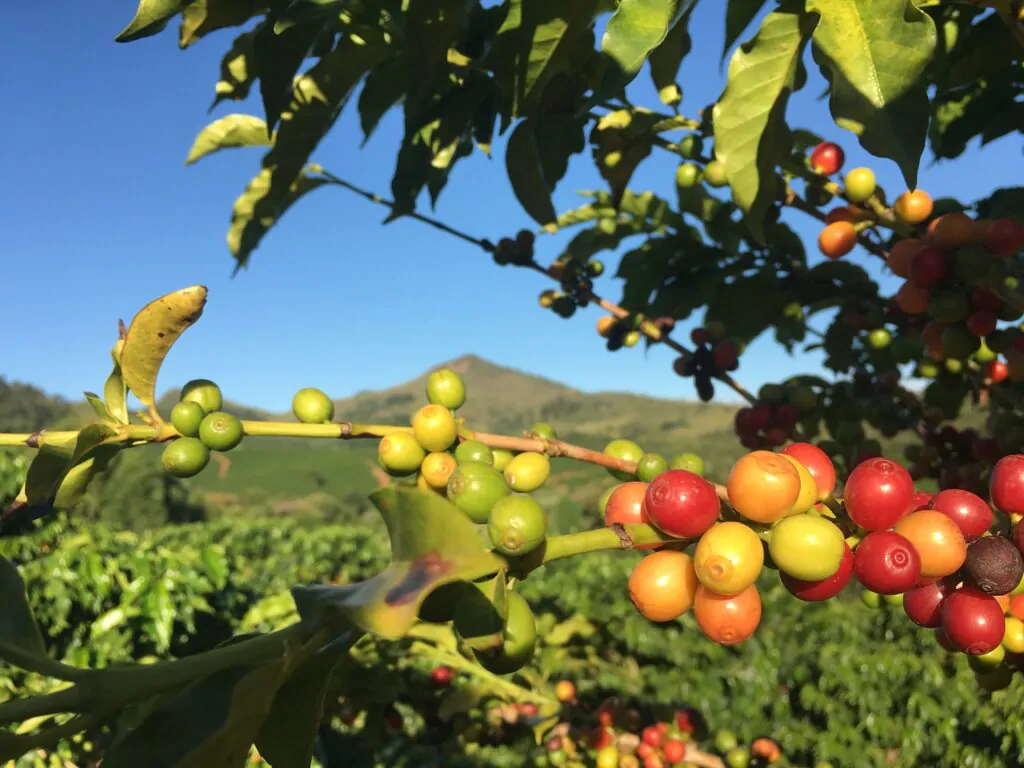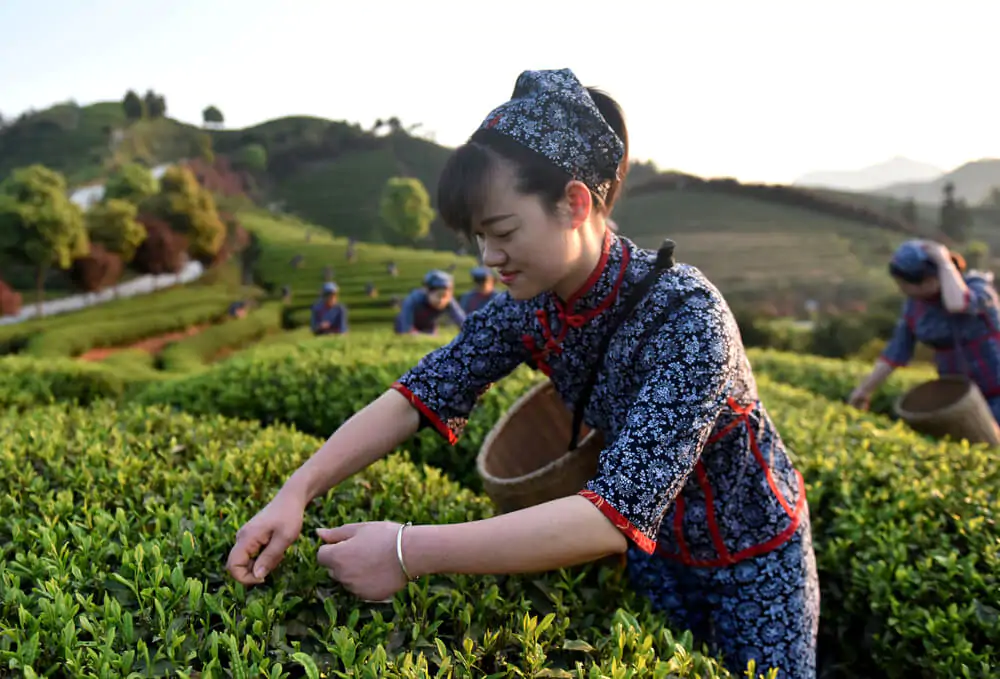Want to learn about the journey coffee beans take before they land in your cup? In this article, we talk about how coffee is harvested.

With every passing year, my passion for coffee is increasing. Apart from experimenting with different brewing methods and concocting my own blends, I have developed an interest in coffee production.
Learning about the expertise and painstaking processes behind coffee production has helped me appreciate the delicious aromas and flavors of my daily brews so much more.
After researching coffee processing last week, I asked myself the question, “But, how is coffee harvested?”. So, I did a bit of new research on coffee harvesting this week and found there are three methods to choose from. If you want to learn what these are, read on.
How Long Does It Take Before You Can Harvest?

Once a coffee tree has been planted and starts to grow, it takes from four to seven years to reach maturity, after which it begins to bear fruit in clusters along its branches. The cherries, which are the fruit of the coffee tree, are initially green and then gradually turn red. Once they’re red, harvesting can take place.
The harvesting time for coffee trees differs depending on the region, temperature, and altitude. Typically, farmers harvest once a year, with harvests lasting from two to three months while the coffee cherries ripen.
However, coffee trees can flower twice a year in countries with no clear distinction between wet and dry seasons. In Kenya, for instance, the main crop is followed by a “fly” crop, which typically yields a much smaller harvest.
North of the equator, the harvest takes place from September to March, while April to August are the harvesting months in areas south of the equator. After the coffee trees have started to flower, there’s a nine-month wait before harvesting kicks off.
During this time, farmers need to regularly inspect the cherries to ensure they’re pest-free and ripening at the correct time. Coffee trees can produce crops for roughly 15 to 20 years.
How Coffee Is Harvested – Different Harvesting Methods

Farmers can choose from three harvesting methods.
Strip Picking
Strip picking can be done by hand or machine. Whether farmers decide to strip pick by hand or machine will largely be dependent on a farm’s topography. In mountainous and hilly areas, the use of machines may not be possible.
Whether it’s done by hand or machine, the strip picking method involves stripping a whole branch of cherries at a time. Since all cherries are stripped indiscriminately, crops will contain both ripe and unripe cherries, which means they need to be sorted well. It is very important that only ripe cherries are used in the production of coffee.
Both under- and over-ripe cherries tend to add unpleasant flavors to the cup, and the complexity and balance of the flavors are also greatly diminished. This method is often used when harvesting Robusta coffee trees.
Selective Picking
Selective picking is exclusively a hand-picking method. With this method, harvesters go from tree to tree, only picking the ripe cherries and leaving the unripe ones to mature. This means that pickers have to harvest the trees multiple times to gather all the ripe cherries in a harvesting season.
They rotate among the trees every eight to ten days to check for ripe cherries. On average, a good picker will gather between 100 to 200 pounds of cherries per day. However, only about 20% of this weight is actual coffee beans, and not all of the beans are selected for production.
Since this method is time-consuming and labor-intensive, it’s more costly than the other methods. However, since cherries are picked at the right time and carefully selected, the quality of the crops is better, which ultimately translates into a better cup of coffee. As a result, you’ll typically find selective picking on Arabica coffee plantations and, more specifically, specialty coffee farms.
Machine Picking
Since coffee is often grown at high altitudes and in mountainous areas, picking by machine is usually not possible. However, in areas with flat farmland, such as Brazil, using machines for harvesting is a very effective method.
Farmers who use harvesting machines can harvest much more coffee in one go than those who use hand-picking methods. Also, in areas such as Brazil, where rural labor is scarce, mechanized farming makes a lot of sense.
Instead of pickers stripping coffee cherries from branches by hand, stripping machines feature rotating and vibrating rods that shake the coffee trees and knock the cherries loose. They are then caught and placed in a holding bin through a system of plates and pipes.
In general, mechanized farming is associated with commodity coffee. However, you’ll also find mechanical harvesting on a few specialty-grade coffee farms.
FAQs About How Coffee Is Harvested
Where Is Coffee Grown?
Coffee trees thrive in tropical and subtropical climate zones where temperatures range from about 64 to 75 degrees. Arabica plants, specifically, grow well in elevated areas since vermin and pests are less common at higher altitudes. However, planting, pruning, and harvesting in mountainous areas become more challenging at high altitudes, which is partly why Arabica coffee beans are more expensive than Robusta varieties. The so-called “coffee belt” consists of various tropical areas that are located near the equator. Around 80 coffee-producing countries lie within this belt.
How Much Coffee Does A Coffee Tree Yield?
Although a coffee tree can yield from 1 to 8 pounds of cherries a year, the average yield is around 1.5 to 2 pounds per tree. Therefore, to produce 1 pound of coffee beans, you need about 5 pounds of cherries.
